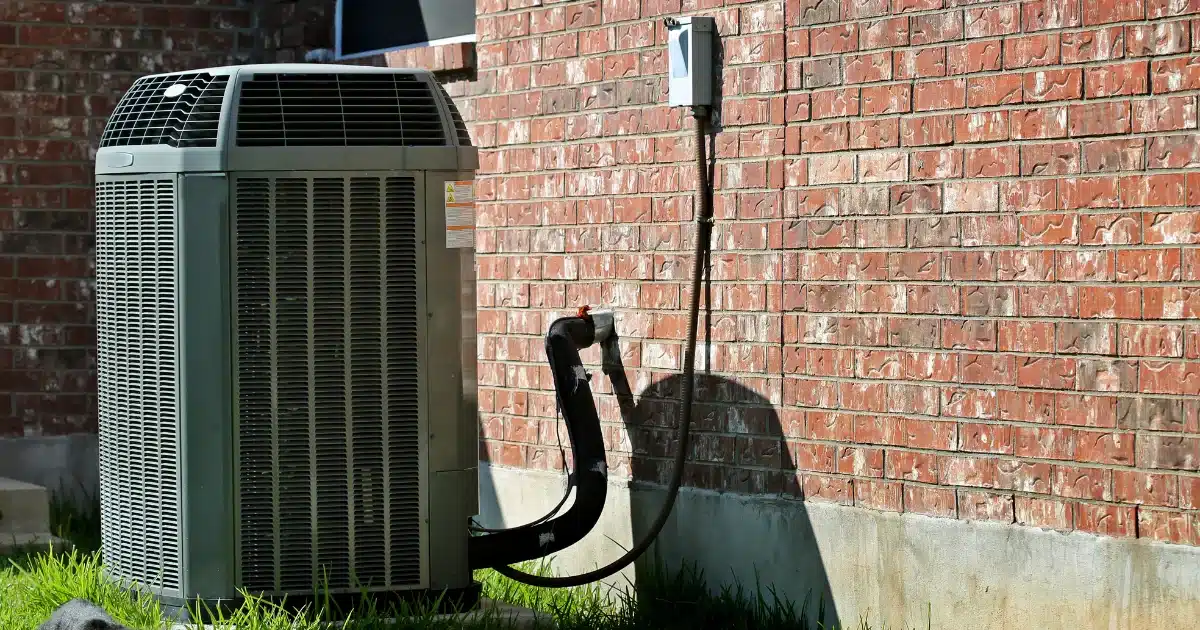Table of Contents
ToggleWhat to Do When Your AC Breaks
Summer in the Phoenix Valley can be unforgiving, with temperatures often soaring well above 100°F. In such extreme heat, a functional air conditioner is not just a luxury but a necessity. If your AC breaks down, it’s crucial to act quickly to keep your home cool and safe. Here’s what to do when your AC stops working.
Implement Your Emergency Cooling Plan
Without an active AC, your home can quickly become much hotter inside than it is outside. To prevent this and stay as cool as possible, follow these steps:
- Draw your curtains or blinds to block out solar heat.
- Turn on ceiling fans to help circulate air.
- Set up standing fans to create a breeze.
- Open windows and doors to promote airflow.
Make sure your ceiling fans are set to rotate counterclockwise in the summer, which helps create a cooling effect.
Turn Off Heat-Generating Appliances
As soon as your AC stops working, turn off all heat-generating appliances. Avoid using ovens, stoves, and powerful computers, as they can significantly raise your indoor temperature. Opt for cold meals, eat out, or use an outdoor grill if you have one.
Take Shelter Somewhere Else When Necessary
High heat can be dangerous, especially for vulnerable individuals like elderly adults, those with health conditions, and young children. If the wait for AC repairs is long, consider taking shelter elsewhere. Friends’ or family members’ homes, libraries, malls, and movie theaters are all good options for staying cool.
Troubleshoot Your AC
Before calling for repairs, you can perform some basic troubleshooting steps. This can help you identify simple issues that might be resolved without professional help.
Check for Airflow Obstructions
- Air Filter: Ensure your HVAC air filter is clean. A dirty filter can restrict airflow and cause the AC to malfunction.
- HVAC Vents: Check that all vents are open and unobstructed. Closed vents can create pressure build-up in the ductwork, leading to system shutdown.
- Outdoor Unit: Make sure the condenser unit outside has at least 2 feet of clearance on all sides. Remove any debris or vegetation blocking airflow.
Check Your Thermostat’s Settings
- Verify that your thermostat is set to “AUTO” rather than “FAN.”
- Ensure the temperature setting is low enough to trigger cooling.
- If you haven’t had your thermostat serviced recently, it might need calibration.
Address Icing
- If the evaporator coil is iced over, turn off the AC and switch the thermostat to “FAN.” This will help defrost the coil.
- Icing can be caused by dirty filters or coils, indicating the need for professional maintenance.
Schedule Professional AC Repairs
After performing basic troubleshooting, it’s time to call in the professionals. Attempting DIY repairs can void warranties and pose serious risks, including electrocution and exposure to refrigerants.
Timely professional repairs can prevent minor issues from escalating and ensure your system runs efficiently. It’s also the best way to protect your indoor air quality and overall health.
Know When to Replace Your AC
Most air conditioners last 15 to 20 years. If your AC is nearing this age and requires frequent repairs, replacing it might be more cost-effective. Consider the cumulative repair costs, efficiency losses, and age of the unit before deciding.
Review Your Warranty Documents
Check your AC’s warranty documents to see if the issue is covered. Home warranties and home insurance might also offer protections for certain problems. If you have an HVAC maintenance plan, you might benefit from priority scheduling and discounted parts.
Your Local HVAC Experts in the Phoenix Valley
At On Services LLC, we are committed to keeping your home comfortable with top-notch HVAC services. Whether you need emergency repairs, routine maintenance, or a complete system replacement, our skilled technicians are here to help.
Contact us today to learn more about our services and schedule an appointment.




